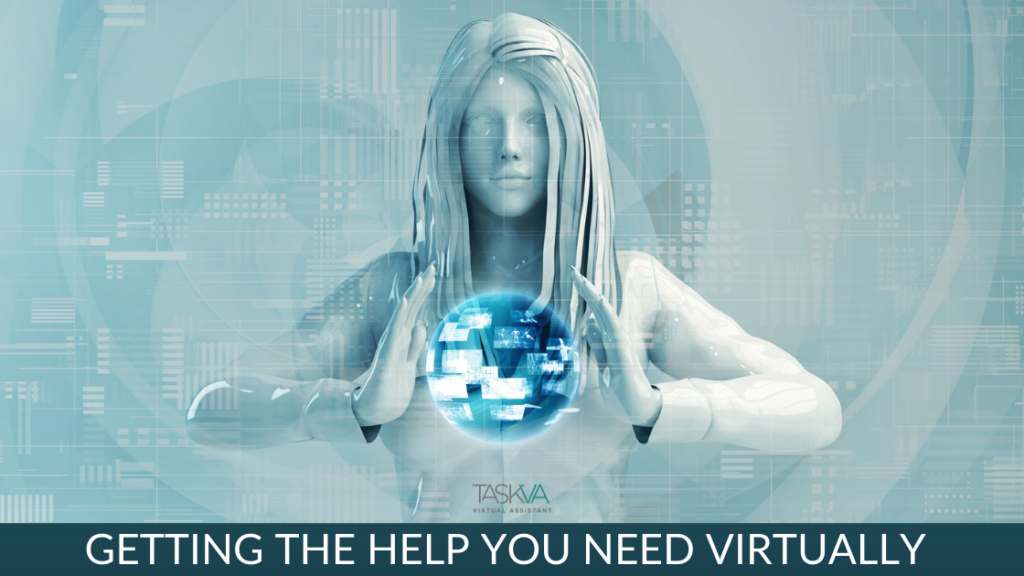7 Powerful Tips to Stay Focused On Success
7 Powerful Tips to Stay Focused On Success

Does this sound familiar: You start the day with a goal – Stay focused and get through your task list. Fast forward to 5 o’clock, and it seems your day has disappeared! You’ve been at your desk for eight hours, and your task list does not have one item crossed off! Distractions today make it challenging to stay focused - social networking, computer games, television, mobile devices, Tik Tok! Even if you don’t give in to those distractions, there are life distractions - kids, household chores, errands. So with all these distractions, how do you stay focused on success?
With the right mindset and strategies, you can stay focused and resolute on your path to achieving greatness. Below are seven powerful tips for maintaining your focus on success.
Set Clear Goals and Prioritize: Start by setting clear, achievable goals for your business. Break them down into smaller, actionable steps. Prioritize these tasks based on their impact and urgency. By having a well-defined roadmap, you will have a sense of direction and be more focused on what matters most.
Create a Daily Routine: Establishing a daily routine can work wonders in maintaining focus and productivity. Allocate specific time blocks for essential tasks, including planning, strategizing, networking, and actual work. Stick to this routine diligently, as it helps build a sense of discipline and consistency.
Helpful Advice: Routines provide structure and stability, empowering us to make steady progress toward our dreams.
Embrace the Power of No: As an entrepreneur, you will encounter numerous opportunities, collaborations, and projects. While it may be tempting to say yes to everything, it’s crucial to learn to say no to distractions that deviate you from your primary objectives.
Limit Distractions and Set Boundaries: Identify your biggest distractions and take proactive steps to limit their impact. It could be excessive social media use, unproductive meetings, or a cluttered workspace. Additionally, set boundaries with friends and family during dedicated work hours to maintain focus.
Helpful Advice: Create a focused environment, free from distractions, allowing unhindered focus on our business.
Develop a Growth Mindset: View challenges and setbacks as opportunities for growth and learning. Embrace the idea that failures are stepping stones toward success. A growth mindset fosters resilience and enables you to stay focused, even during tough times.
Seek Support and Mentorship: Surround yourself with like-minded individuals who understand the "CEO" journey. Join networking groups, attend seminars, and seek mentorship from experienced accountants and other small business owners. Having a supportive network will keep you motivated and on track.
Helpful Advice: Actively seek support from mentors and peers, know that success thrives in a community.
Take Breaks and Practice Self Care: Remember to take breaks and recharge regularly. Burning out will only hinder your progress. Engage in activities you enjoy, exercise, meditate, or spend quality time with loved ones. A rejuvenated mind is more focused and productive.
Staying focused on your journey is vital to your success. Embrace the power of clear goals, daily routines, and the ability to say no to distractions. Cultivate a growth mindset, seek support from a like-minded community, and prioritize self-care. Integrating these strategies into your entrepreneurial life will pave the way for prosperity and fulfillment on your path to success. Remember, focus on the destination and enjoy the journey, for it is the process that shapes the greatness within you.
Not sure where your time is being spent? Download our FREE Time Management workbook and learn:
✓ How to identify things that waste your time
✓ How to determine what is getting done and if it's the right things
✓ How to better organize your priorities
✓ How to plan your days, weeks, and months to reach your yearly goals
✓ How to improve your focus and productivity
✓ How to stop procrastinating habits and patterns so you get more done in less time
…and a whole lot more!
7 Powerful Tips to Stay Focused On Success Read More »











 They want to trust your expertise and your ability to solve their challenge.
They want to trust your expertise and your ability to solve their challenge. Kick-off with a getting-to-know-you dialog. Keep the conversation about the client and their wants and needs.
Kick-off with a getting-to-know-you dialog. Keep the conversation about the client and their wants and needs. Keep your client engaged at all times. The dialogue doesn't end after the introductions and proverbial or literal handshake.
Keep your client engaged at all times. The dialogue doesn't end after the introductions and proverbial or literal handshake. After the intro conversation, guide your clients through the phases of the business you are handling for them or the transaction you are carrying out on their behalf.
After the intro conversation, guide your clients through the phases of the business you are handling for them or the transaction you are carrying out on their behalf.

















